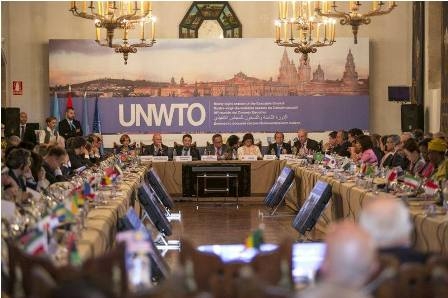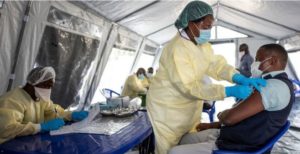Tourism routes key to regional integration and development

Santiago de Compostela, Spain: The 98th session of the UNWTO Executive Council meeting in Spain highlighted the role of tourism routes in promoting regional integration and development.
The Council further debated key factors to stimulate tourism growth such as visa facilitation and air connectivity while recalling the role the tourism sector can play in the sustainable development agenda (Santiago de Compostela, Spain, 5-6 June 2014).
UNWTO Executive Council Members recalled that regional integration translates into stronger economic development and identified infrastructure, visa facilitation, transportation, public/private partnerships, public sector coordination and branding as fundamental success factors in the development of tourism routes.
“Tourism´s record figures continue to renew our confidence in the sector, but they also remind us that with great power comes great responsibility. The responsibility to ensure that tourism’s growth translates into improved livelihoods and a sustainable future for our planet and the generations to come. As we gather in Santiago de Compostela coinciding with World Environment Day, let us take this opportunity to send a strong message to the world about our commitment in making tourism a true force for sustainable development worldwide” said UNWTO Secretary-General, Taleb Rifai, opening of the Council.
The President of the Xunta of Galicia, Alberto Núñez Feijóo, recalled on the occasion the contribution of tourism to cultural understanding and peace. “Travel makes people better, it enriches cultures and brings out the best out of people, making each traveler a silent ambassador”, he said.
“The volume and growth of world tourism demonstrate that the sector deserves a higher degree of attention,” said the Minister of Industry, Energy and Tourism of Spain, José Manuel Soria, at the Opening of the 98th Executive Council Meeting. “Tourism is the main economic sector in Spain. Eleven out of each 100 euros comes from the tourism sector” he added.
The 98th Executive Council held in Spain was organized by UNWTO and the Spanish Secretariat of Tourism of Spain, under the leadership of the Secretary of State for Tourism, Isabel Borrego, and hosted by the Xunta de Galicia. The meeting was atended by over 170 participants from 54 UNWTO Members States (31 Executive Council Members and 23 observer countries) as well as representatives of the UNWTO Associate and Affiliate Members.
On the occasion of the Council, the UNWTO Seminar “Public-Private Partnerships: Tangible and intangible heritage and innovative tourism products”, was organized in collaboration with UNWTO Affiliate Member UNESCO World Heritage Cities of Spain.
The Executive Council is UNWTO’s governing board, responsible for ensuring that the Organization carries out its work and adheres to its budget. It meets at least twice a year and is composed by Members elected by the UNWTO General Assembly in a ratio of one for every five Full Members. As host country of UNWTO´s Headquarters, Spain has a permanent seat on the Executive Council. Representatives of the Associate Members and Affiliate Members participate in Executive Council meetings as observers.
June 10, 2014















